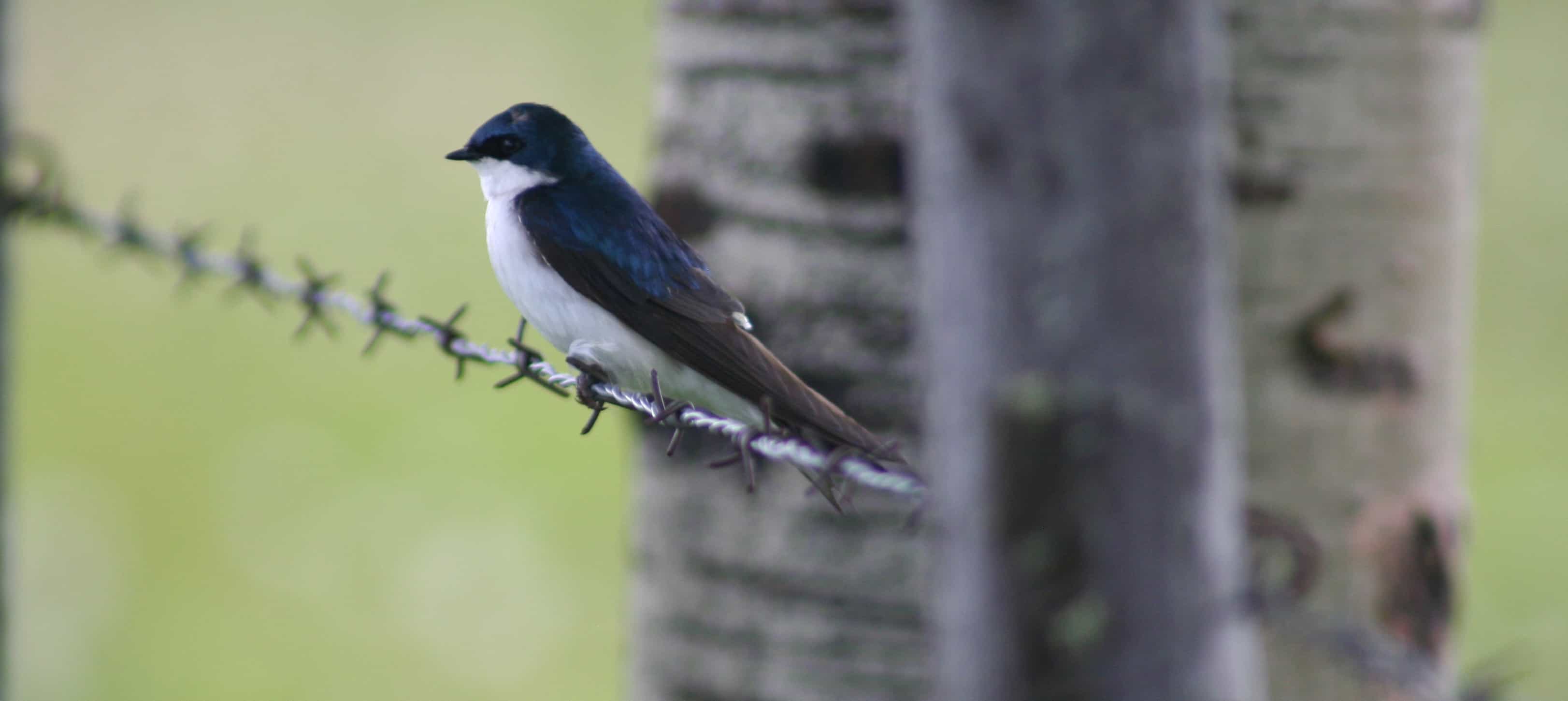Share this article
The late bird gets later
A few years ago, University of Guelph researcher Elizabeth Gow’s work wouldn’t have been possible. But improvements in technology allowed biologists to fit tiny tree swallows (Tachycineta bicolor)with even tinier GPS “backpacks,” allowing them to paint a vivid picture of the birds’ 3,500-kilometer migration across North America.
They found that a delay at one point in the migration can have ripple effects throughout the cycle, but at their wintering grounds, the birds have a chance to reset the clock. The findings shed light on how to conserve the birds, whose numbers are dwindling.
“If we want to understand the decline of the birds, we need to understand how they behave and where they go at different scales,” said Gow, lead author of the study published in the Proceedings of the Royal Society B.
Previous studies followed a single population of the bird, which breeds throughout Canada and the northern United States and migrates to southern states, Mexico and the Caribbean. Researchers say this study was the first to track the timing of 12 distinct populations across the continent. Outfitting over 130 birds with light-level geolocators weighing less than a gram, they were able to track how long the birds spent at the breeding grounds to raise their young, when they departed for points south, where they stopped to refuel and when they arrived at their wintering grounds.
Each step along the journey can have ramifications for the rest of the migration cycle, they found.
“The timing of when a bird breeds has cascading events that happen thousands of kilometers away from the breeding grounds,” Gow said. “When we see a bird in the summer sitting on a fencepost, raising their young, the timing of activities can influence when they arrive at winter stopover sites and tropical wintering grounds.”
A delay at their breeding grounds — a storm, a change in habitat — could lead to a late arrival at their wintering grounds, creating a danger that they won’t find adequate food when they arrive. A delay in reaching their breeding times could give them less time to breed and put them at risk of nest predators.
But the wintering grounds give them a chance to reset for the next cycle, they found.
Although their research did not directly study climate change, Gow said, their findings suggest that it could impact the birds. Weather changes could impact departure times and the abundance of prey along the way, she said.
“The birds will start breeding the second week of May,” she said. “If the climate warms, the ideal time for breeding might be much earlier.” If they can’t identify those changes, Gow said, it could have ramifications throughout their migration cycle.
Header Image: Researchers tracked tree swallows across their 3,500-kilometer migration. ©Elizabeth Gow








